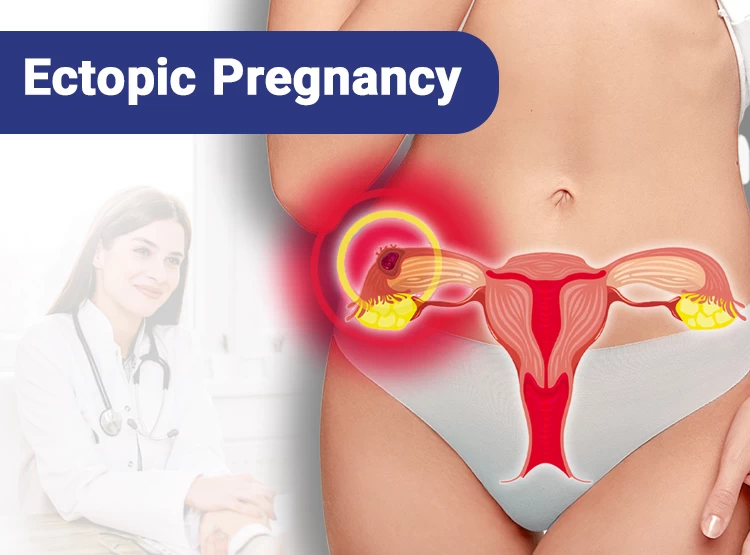Many couples choose IVF with donor eggs to have children as this method has a high success rate, can be done along with PGT, and the baby will be biologically related to the father. However, IVF using donor eggs has some drawbacks, too, like high costs, high risk of transmitting genetic diseases, strict legal considerations, etc.
Avoiding strenuous activities, getting enough rest, following a balanced diet, and wearing a compression bra after breast reduction surgery reduce the discomfort and swelling and help achieve greater results. Wearing a compression bra for at least six weeks after the reduction mammoplasty is recommended.
IVF treatment involves several steps, from taking hormonal medications to embryo transfer. Factors like doctor's fees, using donor sex cells or embryos, the facilities of the clinic, and the price of medication can affect IVF costs. In 2025, Iran will be the cheapest country to get IVF as the living costs and doctor’s fees are considerably low in this country.
The extent of cuts in breast reduction surgery depends on the objective of the operation and the patient's skin type. The scars of reduction mammoplasty get pale over time; however, some of them linger for a year or more unless the patient gets help from anti-scar products and invasive treatments like chemical peeling and laser therapy.
In most cases, grade 1 varicocele does not require surgical treatment, but if left untreated, it may affect sperm production and quality. Men dealing with grade 1 varicocele can improve their condition by changing their lifestyle, taking prescribed medications, and, in more serious cases, undergoing microscopic varicocelectomy.
Foods rich in protein, folate, and different vitamins play an important role in hormone production and the quality of sex cells. On the other hand, processed and canned food, dishes containing mercury, alcohol caffeinated beverages, etc., affect the fetus's development and lower the chance of natural childbirth.
Cleaning the nose for four weeks after the nose job is a must, as it can eliminate the side effects of this surgery and improve its outcome. The best ways to clean the nose after rhinoplasty are saline serum and sprays, bacitracin antibiotic ointment, hydrogen peroxide solution, and Q-tip.
It is recommended to get prepared for it from weeks ago by avoiding alcohol and smoking, avoiding blood thinning medications, having a daily skincare routine to reduce the risks of rhinoplasty, and having a more comfortable recovery period.
Recovery after open varicocele surgery takes 4 to 6 weeks, while it takes nearly 2 to 4 weeks to recover from laparoscopic varicocelectomy. At this time, you need to maintain good hygiene and take antibiotics to prevent infection, use ice compress to eliminate bruising and swelling, avoid heavy activities, etc.
Ectopic pregnancy is a dangerous situation as it can cause permanent damage to the fallopian tube(s) and jeopardize the mother's life. Severe bleeding, sharp pain in the stomach and anus, pain in the neck and shoulders, pale skin, low blood pressure, and vomiting are the first and most important signs of ectopic pregnancy.









